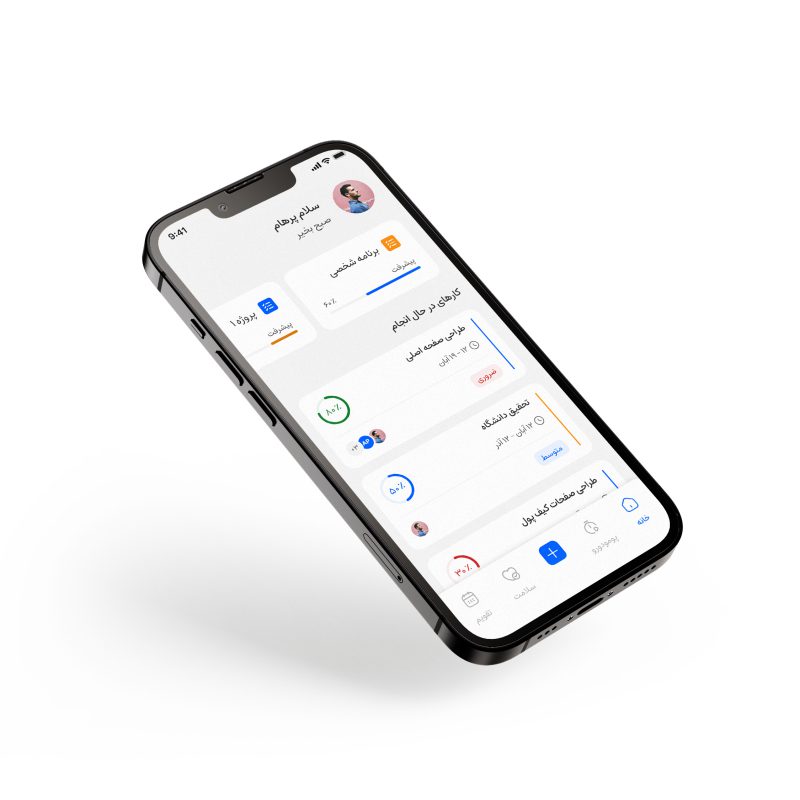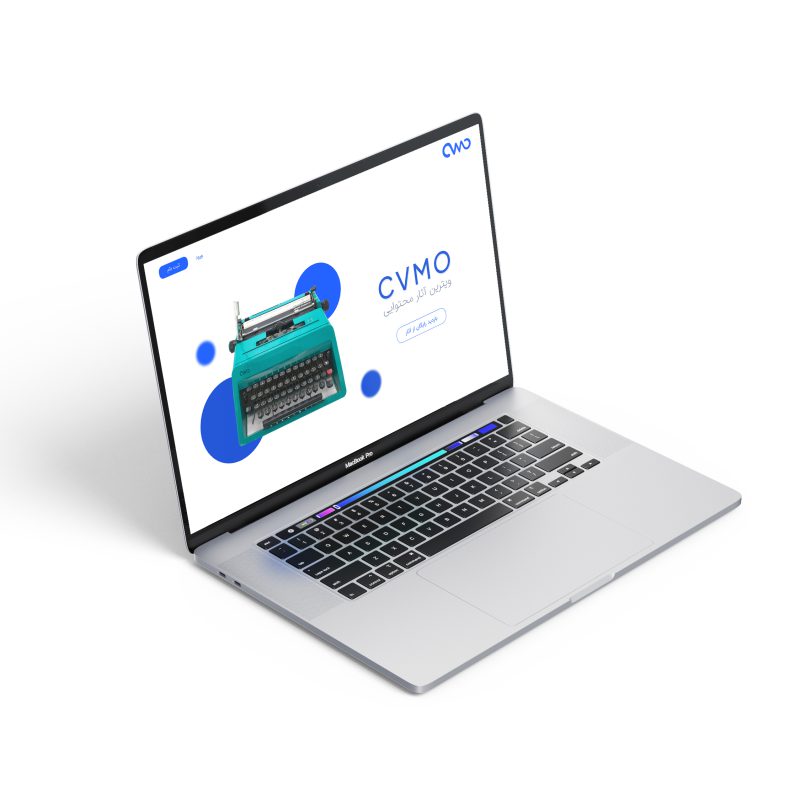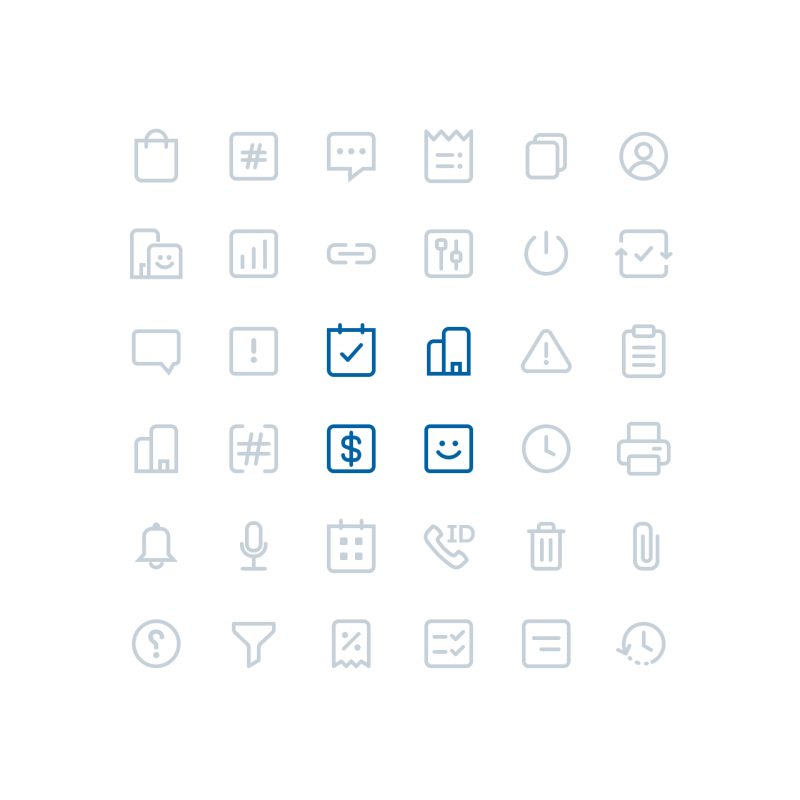Introduction & Goal
An initial PWA version of the product had been developed, but it failed to fully address users’ core needs. To overcome these limitations, the team decided to design and launch a dedicated mobile application that would be both functional and user-friendly. The ultimate goal was to capture a significant share of the CRM market, while providing a modern, seamless, and scalable user experience.
Research & Benchmarking
The project began with a thorough review of mobile CRM applications in the market to understand their strengths, weaknesses, and design standards. Among them, Pipedrive—as the benchmark for Didar—was the primary focus. Its success in delivering a simple yet powerful user experience provided valuable insights and shaped many of the design decisions for the new app.
Design Process
The design journey started with the creation of a simple UI Kit to establish consistency and visual harmony across the application.
The project then moved forward through a phased approach. In each phase, the team first ideated and decided on the user journey for specific scenarios. Based on these journeys, the corresponding UI designs were created. This incremental process allowed the team to validate assumptions, refine interactions, and gradually build a cohesive experience while leaving room for iteration and improvements.
Feedback & Continuous Improvement
Following the initial launches, the team engaged closely with early users to gather feedback and identify usability gaps. Each new version of the application focused on enhancing the user experience, simplifying flows, and addressing real-world challenges reported by users. This cycle of feedback and improvement helped the app evolve into a more refined and user-centric product over time.



